Glasgow's first billionaire: A Gorbals-born man who built an empire by bringing tea to the working class
and live on Freeview channel 276
Tea really is the great equaliser, whether you're in an east end tenement enjoying a cuppa while watching the soaps, or a wealthy baroness sipping an earl grey while perusing the Financial Times - everyone in Britain enjoys a cup of tea, but it wasn't always that way.
When tea was first brought over to the UK from Asia, it was exclusively a drink for the middle and upper classes - that was until one man brought tea to the working classes, that man was Glaswegian Thomas Lipton - this is his story.
Advertisement
Hide AdAdvertisement
Hide AdBorn in a Gorbals tenement on Crown Street to an Irish family in the Spring of 1848, Thomas Lipton was the youngest of four siblings, all of whom died in infancy making Thomas the only surviving child of the Liptons.
By all accounts the Liptons were a family of hard grafters - they lost everything in the Irish famine, and faced discrimination in the city after fleeing their home country for Glasgow. By the time Tommy had left St. Andrew's Parish School by Glasgow Green in the early 1860s, his parents had saved up enough open their own shop at 11 Crown Street where they sold ham, butter, and eggs. It was incredibly uncommon for the Irish to own businesses in Glasgow so soon after the famine.
Tommy was just 13 when he left school to help supplement his parent's income - where he worked as a printer's errand boy and as a 'shirtcutter' - still focused on his education, Lipton would attend night classes at the Gorbals Youth School.
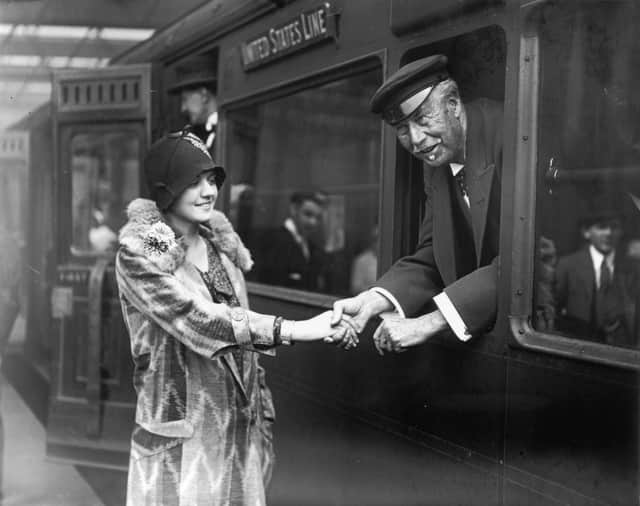

It wasn't until 1864, at the age of 16, when Lipton found his great passion in life - being on the water. Like many Glaswegians, Tommy really took to the Clyde, he served as a cabin boy on a paddle steamer running between Glasgow and Belfast. He spoke with the sailors and travellers aboard the ship who would regale the young lad with tales of America - it was here Lipton, a man highly motivated by money to keep his family afloat, knew he would make his fortune.
Advertisement
Hide AdAdvertisement
Hide AdLipton saved what wages to he could and eventually bought passage aboard a ship bound for the United States. A country not even 100 years old at that point - but the American Dream was fully in throttle by the 1860s.
Never workshy, Lipton spent five years travelling across America taking up jobs around the eastern and southern states before finally landing in New York - after a while in big apple Tommy decided it was time to come home to help support the families business for real - using much of the experience he learned working as an accountant and book-keeper (alongside a myriad of other jobs) over in the new world.
It was 1871, a year after Tommy returned to Glasgow, where Lipton's Market saw its first shop at 101 Stobcross Street in Anderston. He quickly saw success, opening shops across the city, then further beyond into Scotland and eventually across the whole of Britain.
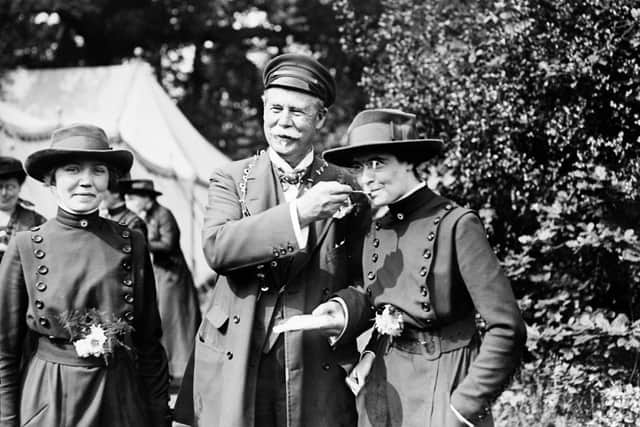

Lipton noticed that his middle class customers had been requesting huge amounts of tea, and that the price of tea was falling - this sparked the initial idea that would be the beginning of his empire proper.
Advertisement
Hide AdAdvertisement
Hide AdBy 1888 Lipton had 300 stores, expanding just about as far as he could with his grocery chain in Britain. So Lipton entered the tea trade - using his connections he bypassed the expensive distribution channels of London entirely, meaning he was able to sell tea at ridiculously low prices - allowing working class people to finally get their hands on it without spending the better part of a weeks wage.
This quickly amassed unprecedented income for the already successful stores - so much so that he was able to purchase his own tea gardens, Lipton Tea was established in 1888. Lipton was selling tea quicker than he could grow, he was a millionaire already, but he was driven to make even more.
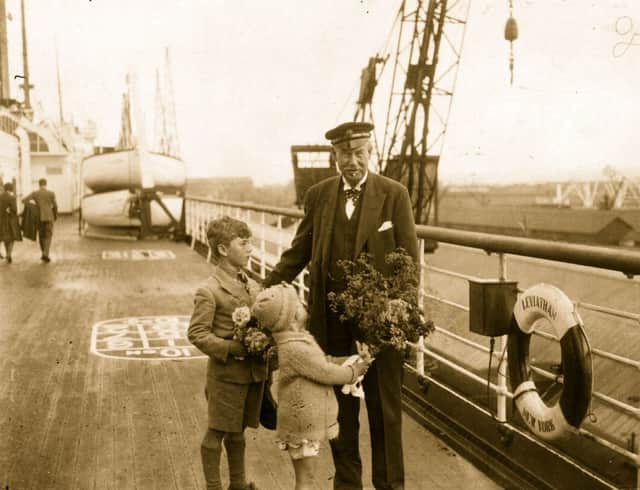

As much of a supporter of the working class as Lipton was - constantly donating to causes around Glasgow, Britain, and America - he used indentured workers (effectively slaves) in Sri Lanka (then a colony, British Ceylon) in collaboration with Aberdeenshire Tea Planter, James Taylor. The pair of Scots essentially founded the tea industry on the island off the coast of India, the bulk of the thousands of workers were Tamil indentured labourers who would die within the first few months of 'employment'.
Saving a lot of money on labour, and now cutting out the middle man entirely, Lipton started selling more tea than ever across Europe and now the USA in 1890. It's hard to estimate what he was really worth at the time (the existing Lipton Tea brand today is currently worth around £8.35 billion) - but it's easy to say he was one of the richest men in the world.
Advertisement
Hide AdAdvertisement
Hide AdLipton exploded in wealth, netting him global attention. He knew how to move in these circles by now, and used his status to ascend even further. He was a famous yachter, never losing his love of being on the water, although he rarely won many yacht races, even the ones he set up himself - though this never deterred him. It was his yachting that would eventually land him in the presence of royalty, as well as fame in America amidst his widely publicised efforts to win an American
Both King Edward VII and King George V would yacht with the tea baron - which led to Lipton donating £20,000 to provide meals for the massive number of poor people in London. This schmoosing with royals did him well - being knighted by Edward in 1901, and then made Baronet of Osidge in 1902 - not too bad for a man from the Gorbals.
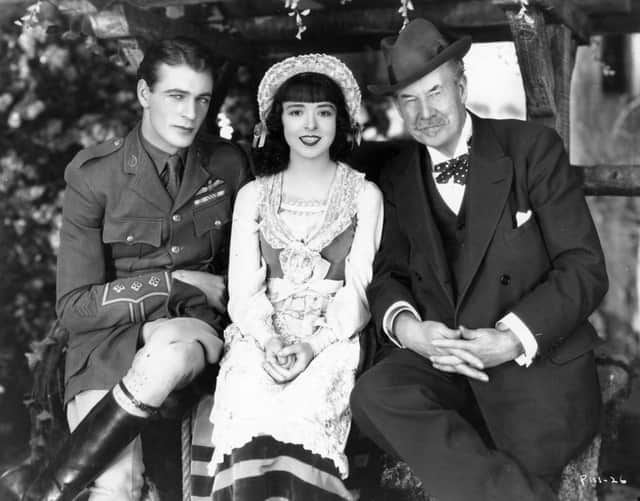

Lipton was fantastic at public relations and networking - reportedly the man was always jovial, and made friends easily. He was oft described in the press as 'the world's most eligible bachelor', despite being a gay man. Tommy maintained a secret relationship with one of his earliest shop assistants, William Love, who stayed at home while Lipton went out and made a global empire in the tea trade. Lipton was a very storied man, he was: born in the Gorbals, friend to both the poor and royalty, member of the Freemasons (Lodge Scotia, No.178), millionaire, employer of slave labour, celebrity, on the cover of Time magazine (November, 1924) and gay in a time when it was near suicide to be openly homosexual.
When he died, Lipton left the majority of his fortune, and what few yachting trophies he had obtained, to the city of Glasgow - which are still on display at Kelvingrove Art Gallery and Museum.
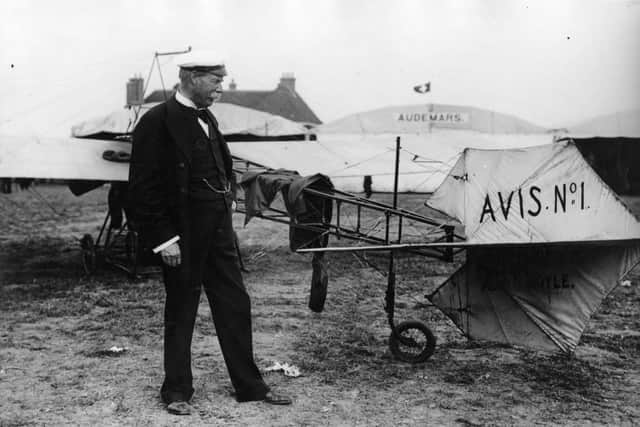

Advertisement
Hide AdAdvertisement
Hide AdSir Thomas Lipton died in 1931 aged 83 alongside his title granted by the Royal Family. He was buried alongside his parents and siblings in Glasgow's Southern Necropolis in the Gorbals, less than a mile from where he was born on Crown Street.
Comment Guidelines
National World encourages reader discussion on our stories. User feedback, insights and back-and-forth exchanges add a rich layer of context to reporting. Please review our Community Guidelines before commenting.
